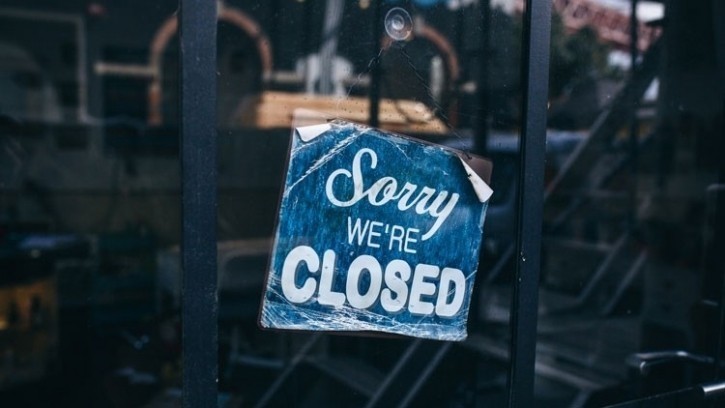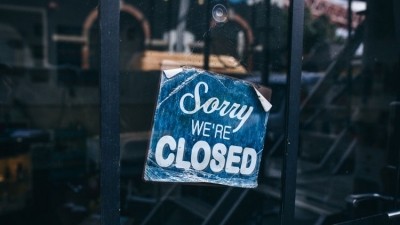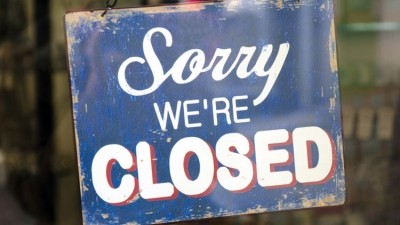Hospitality sector driving rise in company insolvencies

Figures from the Insolvency Service show that between 1 July and 30 September 2023 there were 6,208 (seasonally adjusted) registered company insolvencies.
Accommodation and food service activities were among the five industries that experienced the highest number of insolvencies, according to tax and consulting firm RSM UK, with increases in the sector of 48% in the 12 months to quarter three of 2023.
The leisure, hospitality and retail industries have experienced one of their toughest trading environments to date over the last year, says Robyn Duffy, senior analyst at RSM UK.
“Post-lockdown hopes for a rebound were high, with the anticipation that pent up demand would be unleashed. But high inflation sucked that demand out of the market and caused an increase in input costs across every area of the business, from raw materials to utility and fuels bills,” she says.
“These industries have also struggled to bring staff back into the workforce, which has led to significant wage rises in a bid to keep up with competitors and secure talent. As a result, we’ve seen the dial on insolvencies move significantly in the past 12 months.”
The peak has been reached
In better news for the sectors, RSM UK predicts that a peak in insolvencies has now been reached across both sectors and that insolvencies should fall during the remainder of 2023 and over the course of next year.
This is supported by the fact that insolvencies in the last two quarters in hospitality remained flat, it says, and retail insolvencies decreased this quarter from 988 in quarter two, to 910 in quarter three.
“This is promising news for these sectors and indicates that the distress we’ve seen, particularly amongst smaller businesses, is finally beginning to ease,” adds Duffy.
“For leisure and hospitality operators, the pain is a little more acute with food prices coming down more slowly. But we expect this trajectory to continue. And when coupled with lower energy bills this indicates that the distress we’ve seen will lessen.
“The outlook for demand is also looking more promising with consumers’ real earnings in growth, interest rates looking likely to have reached their peak, and prices coming back down to more normal levels. There are certainly reasons to feel optimistic in both sectors at present.”
Earlier in the year data from the Insolvency Service showed that restaurants and cafés across the UK were going insolvent at a pace not seen for more than a decade.





















